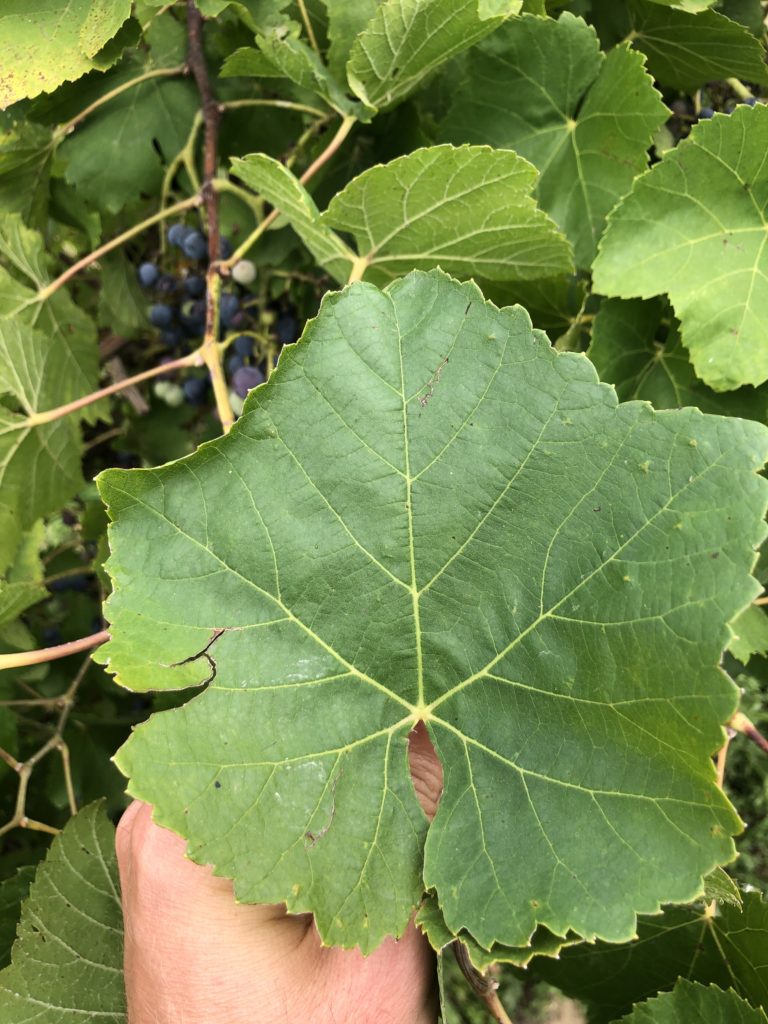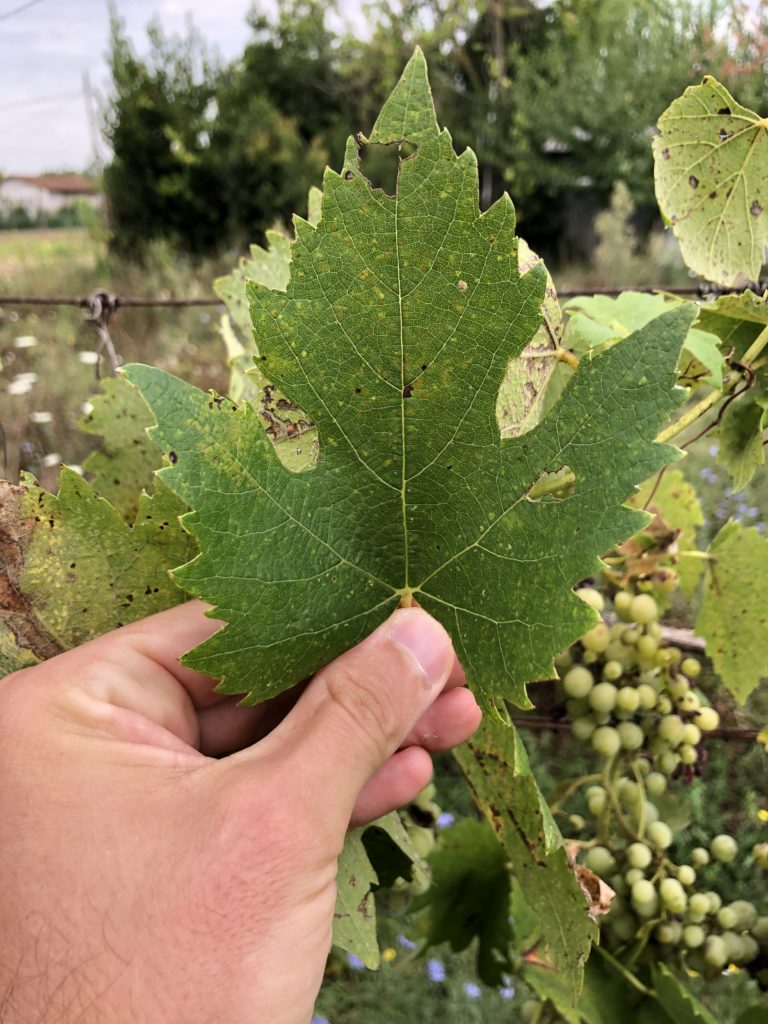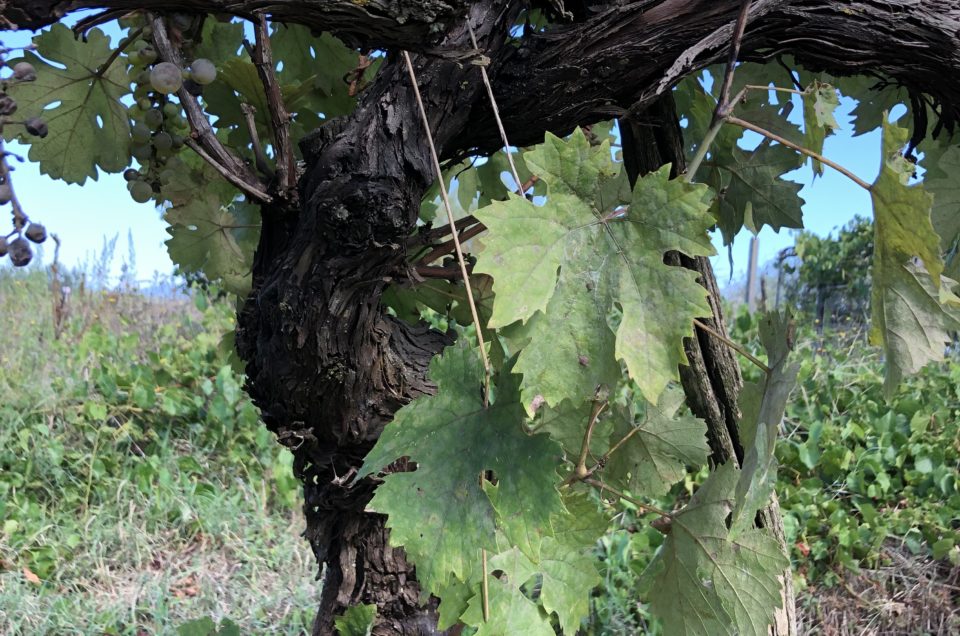Today’s mission is to spread the word on the Hundreds of different small native local Tuscan grapes.
In Italy, there’s a great attention to old undiscovered or abandoned grape varieties, arrived in Italy with the Etruscan, Roman or even before them. So we talk about 3.000 years old varieties arrived to our days in any sort of different clones.

Imagine Italy has already more than 500 different old grape varieties registered, France less 60.
Behind this there’s a very important target to achieve and maintain, BIODIVERSITY.
In Tuscany, Universities are joining forces and in 2 subregions of Tuscany they have already registered more than 60 old native local tuscan grape varieties(the same amount of France).
The beauty of Italy is also its complexity and even in wine making we are difficult and complex.
Imagine all the travellers crossing Italy from the Etruscan and Roman times, they all have introduced their varieties from their country of origin. Our “The Great Chianti Classico Crossing©experience” will explain you even this cool things.
https://www.outoftheboxflorence.com/tour/the-great-chianti-classico-crossing/

Here’s a list of some of the native local tuscan grapes:
Abròstine: Etruscan origin, very intense colour. Similarities with cabernet sauvignon.
Barsiglina: Used for Candia dei colli Apuani DOC, Colli di Luni rosso DOC. Intense fruity aromas, rich in polyphenols, good alcohol level. Used for long aging wines.
Canaiolo Black: Etruscan origin. Pretty much known, used a lot in Tuscany like in the Chianti Classico and other famous tuscan reds. Alcoholic wines, intense colour, aromatic, not very acid and an unusual bitter taste.
Canaiolo White: Confused many times with Vernaccia San gimignano. Floral notes, bitter ending, low acidity. Different names through Italy (Canina, Cacciumo, Drupeggio).
Ciliegiolo: Introduced from Spain in the 1800. Similarities with Sangiovese. Good alcohol, used for long aging wines, structured and elegant.
Colombana White: Known from the 1300s, almost disappeared. Used rarely today for the Vin Santo production. Aromatic and fruity.
Colorino: Intense colour, tannic, good acidity and alcohol, complex aromas. Similarities with Abrusco and Abrostine. Many different clones are not identified.Commonly used in Tuscany.
Foglia Tonda: Planted for 20ha in total in all of Tuscany. Very productive. Used to give Body and structure to Sangiovese. Aromatic, similarities with pinot noir.
Lacrima del Valdarno: Very rare, very acid and tannic for its characteristics to reach maturation.
Mammolo: Many different names in Tuscany. Ruby red, Violet aroma, elegant and harmonious. Good acidity and used for rose wines as well.
Nocchianello: Good structure, very coloured, complex and spiced aromas, very tannic wines.
Orpicchio(white): Only 2ha planted in total. Similarities with malvasia bianca and moscato bianco. Spiced, fruity and balsamic notes. Aromas similar of the Sauvignon Blanc
Occhiorosso: Almost disappeared. Wine obtained is interesting for long aging wines. Nice complex aromas from red fruits to leather and tobacco. Interesting notes of cedar and citrons.
Pollera nera: Known and used even in the Cinque terre wines. Very light and not rich wines. Used for big production
Pugnitello: Recently rediscovered. Extremely resistant to dryness. Similarities with Montepulciano grapes. Very good for long aging wines. Nice bouquet of Aromas with balsamic notes. Very alcoholic.
Vermentino Black: Maybe its a mutation of White vermetino. Good for rosè as well. Light tannins but very elegant, fresh wines. Good bouquet of aromas.
https://en.wikipedia.org/wiki/Tuscan_wine
For a full video of explanations, here’s my Sommelier Association FISAR explaining native local tuscan grapes in a beautiful webinar.







